From our beginning up to now; Hungarian "keserves'; 2004
Előidőnkből, de mindmáig;Magyar keserves; 2004
Keywords: poems
More...Keywords: poems
More...Central European and Hungarian politics have been impacted by four different effects since the turn of 2002-2003, when the Atlantic crisis erupted. First came the Bush doctrine and its European counter-effects in 2002-2004. Second were the “colour revolutions” – primarily the “Orange Revolution” in Ukraine at the turn of 2004-2005 – and a resurgent Russia. Then the Merkel effect set in, with the change in European – and foremost German – policy and the attempt at finding a balance in 2006-2007. And fourth, parallel with the prior effect, came the shift in emphasis of American foreign and security policy as a result of the Democrat victory in US congressional elections, the fall of the neoconservatives, and the appearance of the Rice-Gates-Paulson realpolitik. The article provides an overview of how the newly acceded Central European EU member states, Hungary among them, have been forced to adapt and develop amid fluctuating conditions of security, foreign and energy policy in the past five years.
More...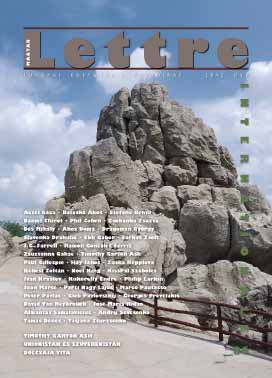
Gleb Pavlovszkij / Tatjana Zsurzsenko / Ivan Krastev: Az alternatíva nélküliség politikája: hogyan működik a hatalom Oroszországban? (Gáti Tibor ford.) David Van Reybrouck / Francesca Spinelli: Belgium lesz a 2.0-s demokrácia próbaköve? (Karádi Éva ford.) Georges Prévélakis: Mi a baj a görögökkel? (Gáti Tibor ford.)
More...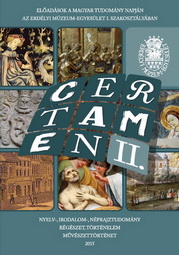
Keywords: trade; Ottoman Empire; Sibiu; customs accounts; Greek merchants; oriental products
This article presents succinctly the dynamics of commercial traffic in goods coming from the Ottoman Empire, as reflected in the customs accounts of Sibiu from the sixteenth and seventeenth centuries. One of the main finds of the study consists in the values of recorded trade in Sibiu over the two centuries, which allows for a better assessment of this commerce. The last three decades of the seventeenth century show a doubling in the value of transited goods as well as a large increase in the number of merchants involved in this trade. While there was a rise in participation and in the volume of transported goods, the maximum value of recorded transports dropped. Another significant find of the analysis is that textiles and not spices dominated this trade in products coming from or via the Ottoman Empire. Agents of this oriental trade of Sibiu and of Transylvania were the Greek merchants, whose presence in the principality became stronger during the same period.
More...La vision catholique et protestante sur l’oecuménisme. L’unité de l’Église trouve sa source et son modèle dans l’unité de la Trinité. L’histoire des chrétiens est une histoire des divisions, mais aussi des essayes de répondre au désir de Jésus: „que tous soient un” (Jean 17:21). L’Église catholique, après sept siècles d’attente visant que les chrétiens séparés reviennent dans ses structures, et après une période de méfiance vis-à-vis le mouvement oecuménique d’origine protestante, avec le Concile Vatican II a trouvé son chemin vers l’acceptation des valeurs des autres traditions chrétiennes, comme le montre des documents comme Lumen gentium, Unitatis redintegratio, le Directoire Oecuménique. Son attitude est influencé par son ecclésiologie: en elle subsiste l’Église du Christ, mais elle admet aussi que tout les chrétiens appartiennent au peuple de Dieu. Le but du mouvement oecuménique est la communion visible, complète, fondée sur la même foi, rendue visible par la communion eucharistique. L’unité ne signifie pas l’uniformisation, la solution n’est plus la recatholisation, bien que dans l’approche catholique l’église idéale est représentée par la communion de foi, liturgique et hiérarchique, ce dernier aspect ayant une importance particulière. Le dialogue théologique et la collaboration sont indispensables. Les modèles oecuméniques des différentes dénominations protestantes sont influencés par l’interpretation de l’église – congrégation des saints / des élus, où l’on prèche correctement l’Écriture et on distribue les vrais sacrements –, ainsi que par la façon d’interpreter la relation Église– Écriture (l’Écriture, comme unique norme pour la foi et la pratique, qui n’a pas besoin de magistère pour être interpretée.) Ainsi l’unité de l’Église du Christ est en certaine mesure realisée invisiblement en Lui, l’élément visible, l’unité structurelle étant moins importante. Une certaine méfiance existe vis-à-vis l‘unité avec l’Église catholique qui semble oublier la suprématie de la Parole de Dieu et insiste trop sur le pouvoir hiérarchique. Différents documents oecuméniques témoignent d’un progrès réel. L’Accord de Leuenberg (1973) a rendu possible, sur le fondement d’un consensus théologique, l’intercommunion des Églises protestantes de l’Europe. L’ecclésiologie du Conseil Mondial des Églises essaye de faire une synthèse des visions propres aux grandes denominations chrétiennes, visible dans le récent document „The Nature and the Purpose of the Church” (1998). Le chemin est pourtant long et pas toujours facile, comme le montre l’évolution montré par et la réaction relevée par la declaration Dominus Iesus (2000).
More...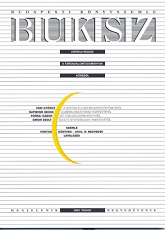

The study places the 1973 musical entitled An Imaginary Report on an American Pop Festival in the context of the contemporary dilemma of youth culture, through the interpretation of the thematics that became identifiable by the contextual analysis of the script. The aim of the work is to examine the broader cultural context that was significant in the staging of the show, as well as its typical questions such as the ideological education of the youth and the role of beat music and theatre in society. The author also addresses contemporary modes of theatre administration, youth policy and the youth theatre’s concepts of aesthetics, as well as its bearing on the musical, generally considered as a progressive genre. Besides the exploration of the circumstances that surrounded the writing of Tibor Déry’s novelette, which served as a basis for the script of the musical, the essay also examines Déry’s intention and motivation as author, and the varied interpretation of the show in the press in Hungary and abroad. The research extends to archival sources relating to the staging of the musical at Vígszínház, the relations between youth culture and theatre, Déry correspondence (partially unpublished), as well as contemporary and present-day press. The broader aim of the study is to provide further insight into the sociohistorical aspects of theatre and the scholarship in the field of contemporary Hungarian youth policy.
More...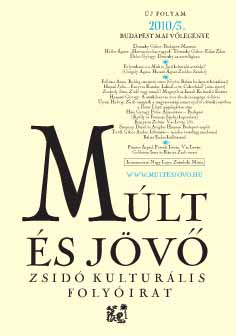
In the wake of an autonomy lost: the history of the Jászkun [Jazyg-Cuman] District (Bánkiné Molnár Erzsébet: A Jászkun Kerület igazgatása 1745-1876. A Jász-Nagykun-Szolnok Megyei Múzeumok Közleményei, 51. Szolnok, 1995.) by József Pap Nation and nationalism (Guy Hermet: Histoire des nations et du nationalisme en Europe. Seuil, Paris, 1996.) by Géza Szász A soldier true to his oath (Hermann Róbert: Mindig az elsõk között. Poeltenberg Ernõ, a szabadságharc tábornoka. A Magyar Hadi Történetírást Támogató Alapítvány kiadása, Budapest, 1997.) by Péter Zakar The French Revolution from the inside (Edna Hindie Lemay–Alison Patrick: Revolutionaries at work. The Constituent Assembly 1789- 1791. Voltaire Foundation, Oxford, 1996.) by Balázs Szélinger
More...Keywords: Introduction
For the 90th Anniversary of the Hungarian Statistical Association
More...Keywords: Móricz Zsigmond; hungarian novel; Hungarian critic and essayist; contemporary hungarian literature
“The characteristic defectiveness, the imperfection of style typical of Móricz’s language is, as a matter of fact, poetry…” Péter Balassa, one of the most influential Hungarian critics and essayists deceased in June 2003. The December number of Jelenkor in 2003 dedicated a compilation to his memory, in which the present material from his property (a detail from a book on Zsigmond Móricz) was presented.
More...
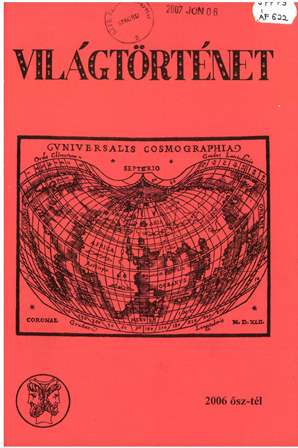
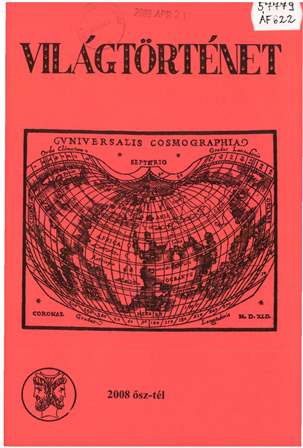
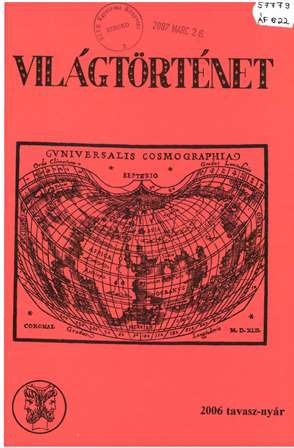
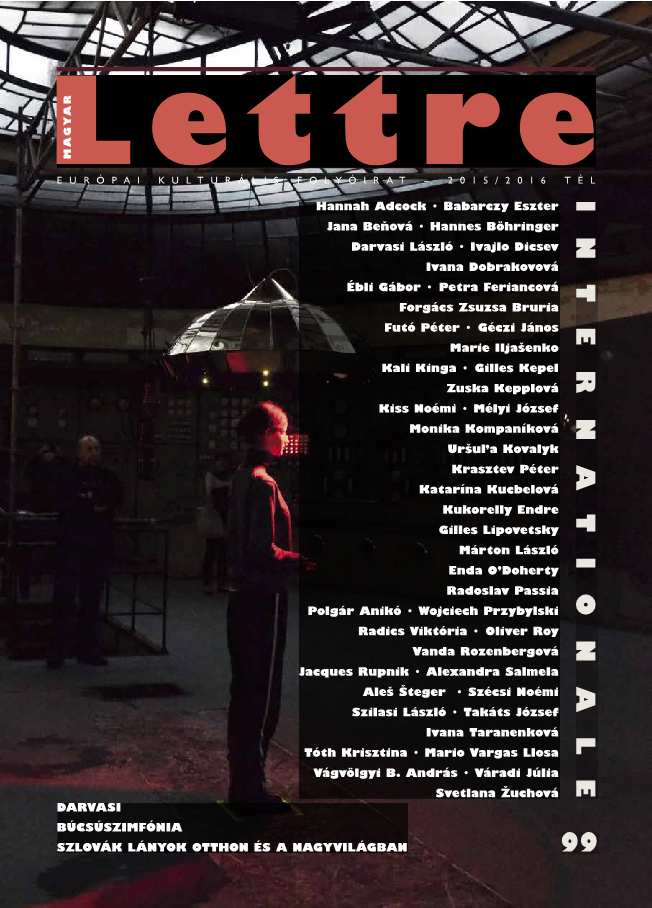
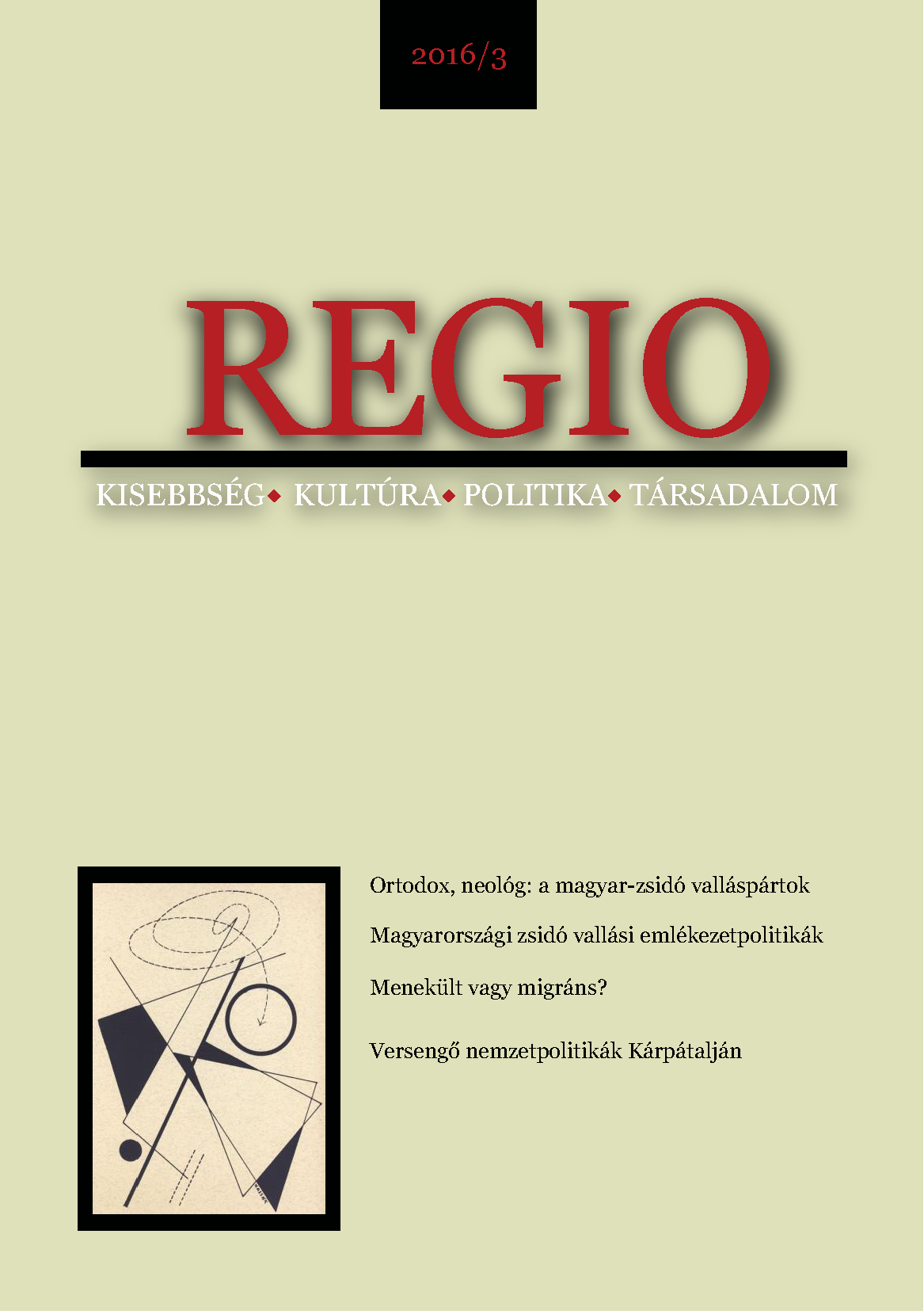
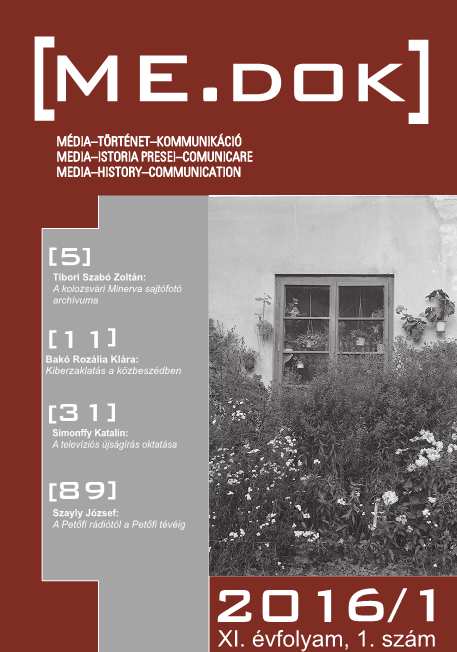
Keywords: interwar period; art of poetry recitation; reciting choir; labour movement; Korunk journal; Studio Reciting Choir
Having a quick view over the literary life between the two WW’s, one can divide it into two main sides considering politics. On one side stands the Transylvanist authors and works, while on the other side stands the circle of Korunk journal and the labour movement. The big picture is, of course, more elaborate, but this paper aims to present this latter side of the ‘20-s and ’30-s. The Korunk journal was founded in 1926, and quickly followed the Studio Reciting Choir, whose debut was held almost on the same day as Ödön Palasovszky and his group’s debut in Hungary.Under the influence of the Studio Reciting Choir appeared a student reciting choir in Kolozsvar and in the near locations. The genre of reciting choir became so well-known and beloved that in the beginning of the ‘30s appeared literary works specifically written to these reciting choirs.
More...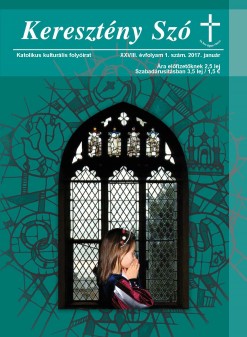
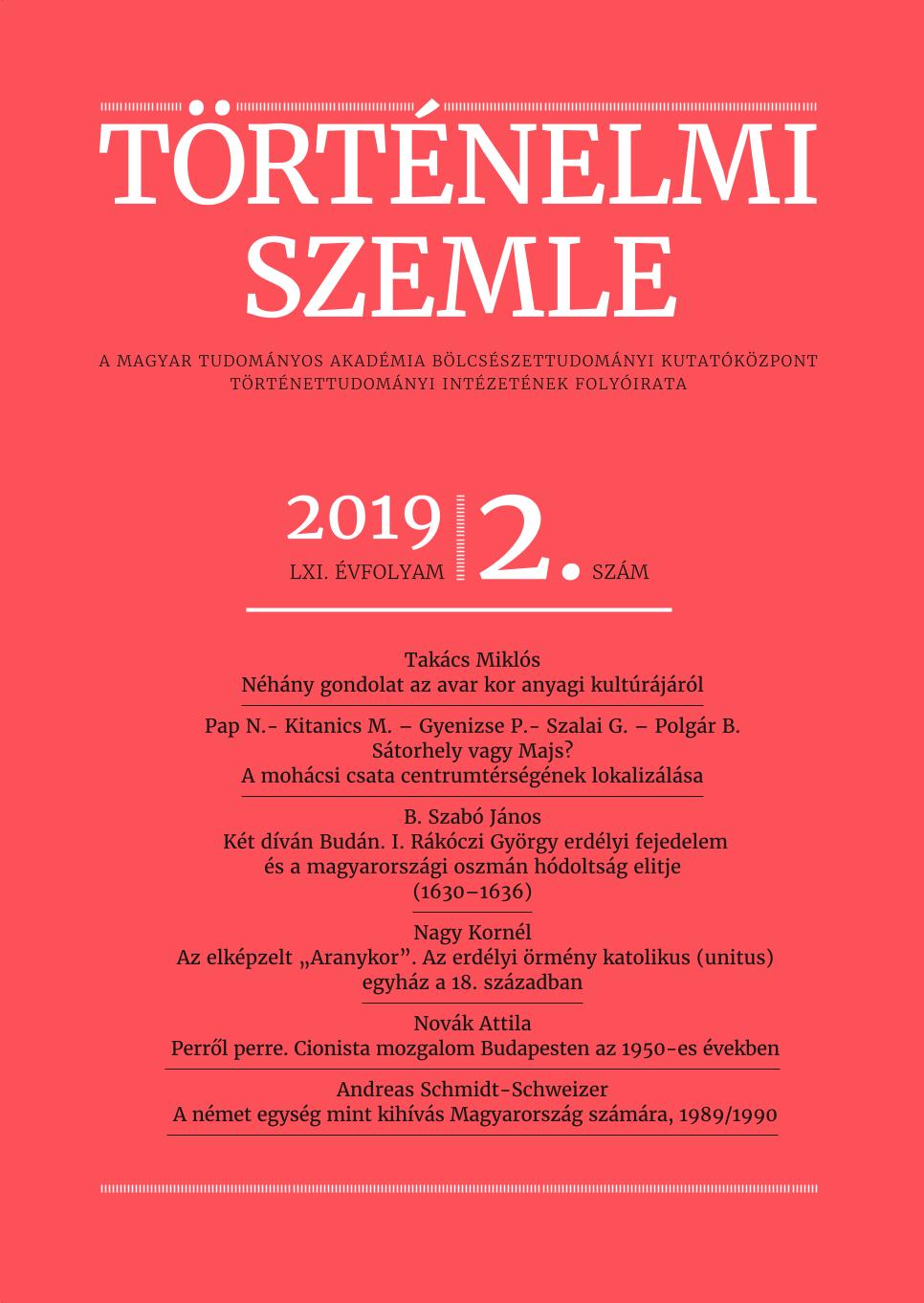
Keywords: Germany; Hungary; unification; unification of Germany; united Germany; Hungarian–German relations German question; German challenge; 1989; 1990
The unification of Germany on 3 October 1990 faced Hungary with a huge challenge: the country was in the necessity of strategically determining its future relations with a united Germany at the very time when Hungary itself was going through a deep political, economic and social transformation, involving a change of élite as well. The present paper briefly examines Hungarian-German relations between 1949 and 1989, and explores the reactions of the Hungarian media and politics in the period immediately preceding the unification of Germany. The paper focusses chiefly on the question of the challenge that the German unification process posed for Hungary, and the reactions that it elicited from Hungarian politicians and diplomats. The last section of the paper is devoted to the extremely intensive development of Hungarian-German relations after the unification.
More...